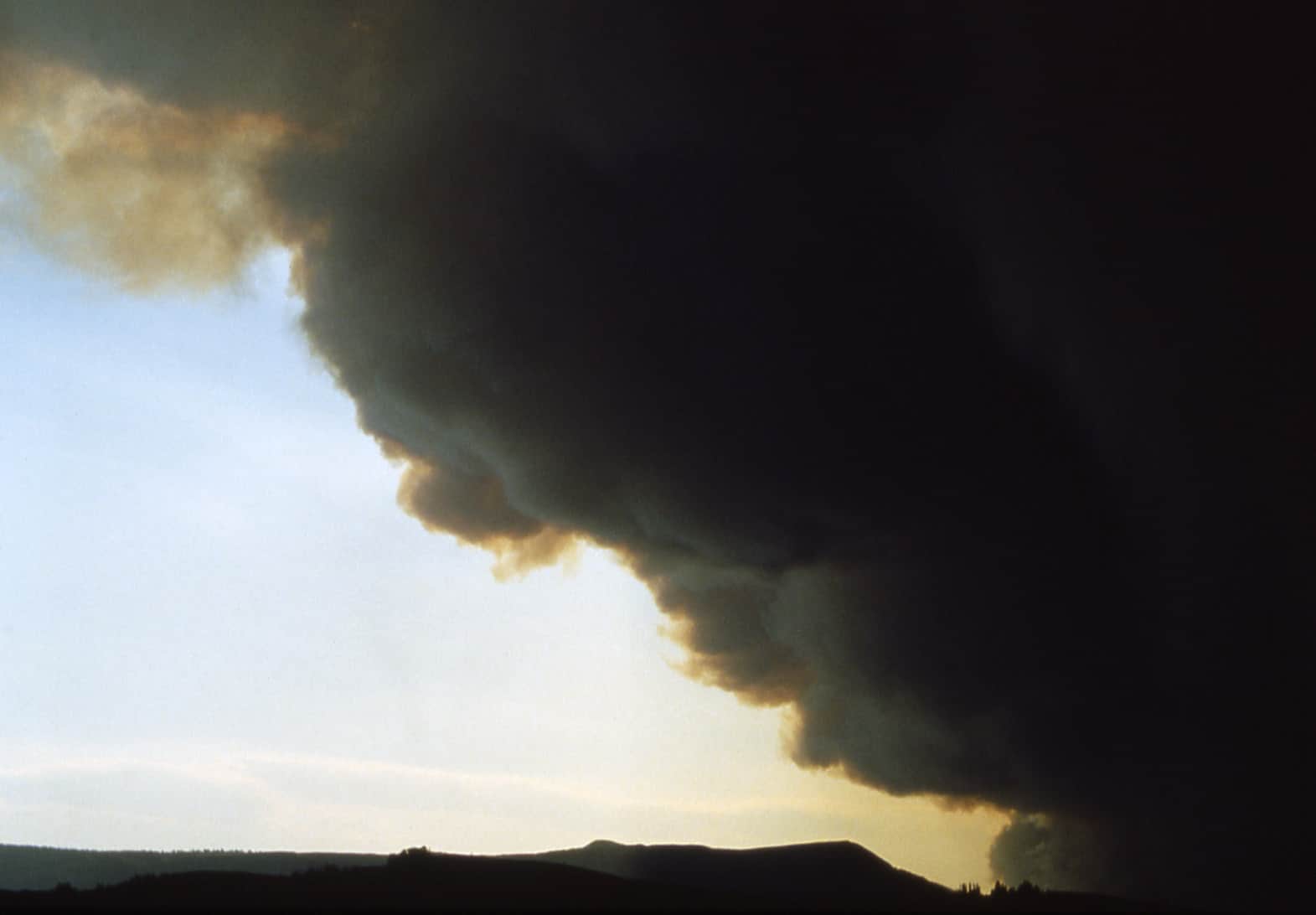Make no mistake — a patio heater can provide you with an opportunity to use your patio further well into the colder months of the year. This means that you can enjoy your outdoor space even when the mercury falls into the blue. However, you have to properly upkeep your unit, unless you want to literally be left in the cold! So, what are you supposed to do when your patio heater starts spewing black smoke? Hang tight, and let’s troubleshoot the black smoke together.
Troubleshooting Black Smoke From Your Patio Heater
What causes black smoke and soot, anyway? Since propane burns cleanly (just ask Hank Hill!), black smoke indicates that foreign material is combusting. This is a problem and you need to address it sooner rather than later.
First Things First
The first thing you need to determine is the age of the unit. While black smoke usually means there’s a problem you need to address, black smoke is actually quite common when firing up brand new patio heaters. However, it shouldn’t persist past the first 30 minutes or so of use.
Why would a brand new patio heater start smoking? This is actually quite common. Manufacturing oils and lubricants tend to burn off the unit during the first ignition. However, these typically burn off within the first 30 minutes of use. If the black smoke persists, you may actually have a problem on your hands.
Check The Gas
When you burn propane, it produces water vapor and carbon dioxide. If the propane to oxygen ratio is off, the flames will change colors. As a result, the patio heater produces black smoke.
If you notice that the color of your patio heater flames are off, you should check the air mixer valve and make sure that it’s connected as dictated by your manufacturer’s recommendations.
Additionally, if you’ve replaced the mixer valve in the past, you should double check to see if you’ve installed the correct model.
Look For Blockages
Check your product manual for the location of the burner venturi tube. Once you find it, carefully remove it and check for corrosion and blockages. Use a pipe cleaner to remove any particles that might be lodged inside. In addition, you can adjust your pilot tube setting, and remember that the pilot light should be less than one half inch tall for proper function.
Clean Sediment
Another problem that can cause black soot and smoke is the burner assembly or heat cap being dirty. You can determine this by a simple visual inspection. If it looks dirty, this is probably the cause for the black smoke. In fact, this is the most common cause for a patio heater emitting black smoke!
Use a soft bristled brush to clean the surface of the burner, and this will resolve the problem. Be sure to check the ports as well, and use a toothpick or a small drill bit to clean them out if they have become clogged.
During your yearly maintenance / upkeep, you should make a point to clean these surfaces anyway!
Check For A Faulty Regulator
Additionally, you might have a faulty gas regulator. Letting in too much or too little propane will cause the fuel to burn incorrectly, which can lead to black smoke. You should check your gas pressure as well because the incorrect amount of pressure can lead to black smoke.
Problems With Black Smoke
Why exactly is black smoke a problem? In addition to being unsightly, black smoke tends to indicate that carbon monoxide is being released. This is extremely dangerous, especially in tight quarters. In the short term, it causes dizziness, confusion, and shortness of breath. In the long term, it can cause brain damage and even death. Carbon monoxide poisoning is no joke and you don’t want to get it from your patio heater!
Reduce Likelihood For Black Smoke
If you want to be proactive, simple maintenance significantly reduces the likelihoo for black smoke appearing. Here are a few maintenance tips to ensure your patio heater remains in good condition.
- Turn it off when you’re not on the patio by turning the control knob and manually shutting off the gas.
- Check the connections before and after each time you use the patio heater.
- Keep dust and debris off of the patio heater by storing and covering the heater when it isn’t in the use.
- Thoroughly clean your patio heater in regular intervals.

